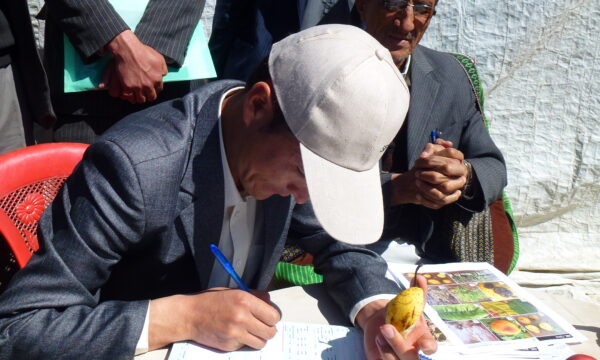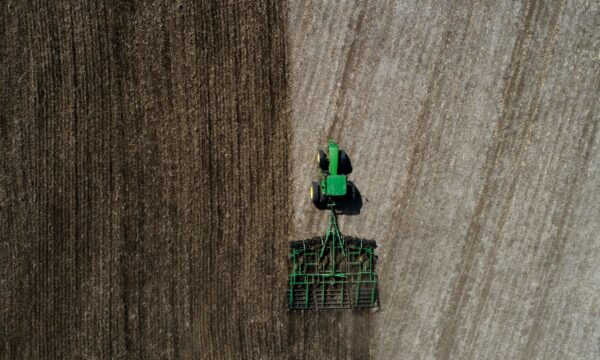In the first half of 2013 two million red palm weevils were removed from farms in Abu Dhabi using pheromone traps. The large number of red palm weevils in the area prompted the launch of the initiative, which forms part of the Abu Dhabi Farmers’ Services Centre’s (ADFSC) Integrated Pest Management project. The project was implemented in coordination with the Abu Dhabi Food Control Authority (ADFCA) and will run throughout the rest of 2013 and 2014. This project aims to control palm tree pests while minimising pesticide usage, by increasing the knowledge and capabilities of workers to enable them to implement the best control methods for pests.
Pheromone traps lure weevils in using the natural hormones that the pests are attracted to. This is an environmentally friendly way to remove weevils from the field, as no pesticide is involved. As well as reducing further damage by removing weevils from the farm, the traps also enable the monitoring of weevil infestation levels in the area, which helps with early detection of the pest. ADFSC staff visit the farms regularly to check on the traps and to count and then destroy the weevils that have been collected. The staff also take GPS readings to allow them to track the weevil numbers at each location. Data is entered and analysed using a tablet device to reduce the risk of human error.

Canary Island date palm (Phoenix canariensis) with red palm weevil burrows and pupal cases. €1 coin for scale © Küchenkraut ( CC BY-SA)
Other recommended control methods include removing severely infested trees and improving tree management. Good tree management includes adequate spacing between trees, proper irrigation, a suitable fertilisation programme and good pruning techniques. Pruning reduces the number of sites available for the weevils to infest, so it’s recommended that excess branches are removed. These can be checked for weevil damage and planted elsewhere in the farm. Trees must be pruned carefully to avoid injury to the tree, as this provides and easy route in for the weevils.
Red palm weevils are the main target for the campaign, although other similar pests have also been collected. The red palm weevil (Rhynchophorus ferrugineus) attacks several palm species, causing major yield losses. Symptoms include yellowing, wilting and visible burrows. Secondary infection by opportunistic bacteria or fungi is possible and the palm may eventually die. Because the weevils burrow and feed within the palm, they are often difficult to detect and so prevention has traditionally been the main method of control. The use of pheromone traps will improve early detection and enable control to begin early, when it is most effective.
Sources
ADFSC press release 24th July 2013
Plantwise technical factsheet – red palm weevil (Rhynchophorus ferrugineus)
2 Comments
Leave a Reply
Related News & Blogs
Soil health: why it’s important and how to protect it
This blog was originally uploaded on the CABI BioProtection Portal Soil is the foundation of agriculture and sustains life on earth by providing nutrients, clean air and water. Human activities can damage soil health and, therefore, impact entire ecosy…
27 December 2023






Reblogged this on Nana Darko.
[…] Two million red palm weevils removed without the use of pesticides […]